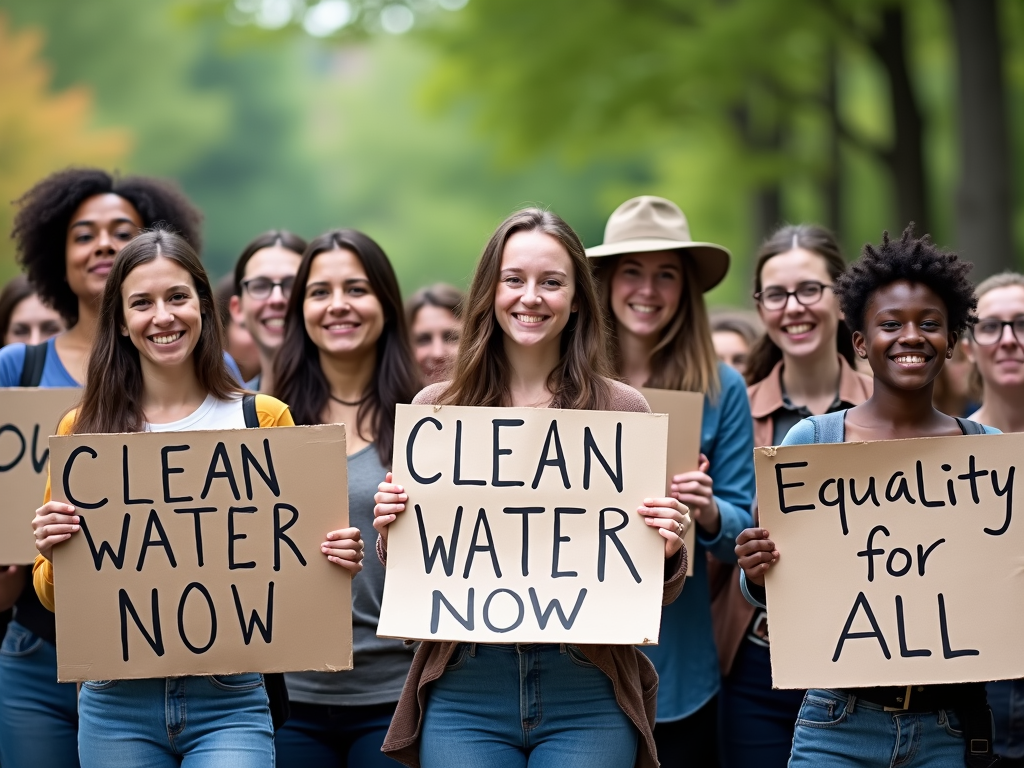How Advocacy Shapes Public Policy: Key Influences
By , May 14, 2025
Advocacy drives change by shaping public policy in meaningful ways. It’s about people standing up for what they believe in and pushing decision-makers to act. This article explores How Advocacy Shapes Public Policy: Key Influences, including the power of combining advocacy with volunteer work. Let’s dive into what makes advocacy tick and how it impacts the world.
What is Advocacy?
Advocacy means supporting a cause or policy you care about. It’s the voice that says, 'This matters, and we need to fix it.' People advocate through protests, letters to lawmakers, or social media campaigns. For example, groups fighting for clean air push for tougher laws, while others might focus on fair wages. It’s all about making a difference, one step at a time.

How Advocacy Influences Policy
Advocacy doesn’t just shout into the void—it gets results. By rallying support and talking to policymakers, advocates put issues on the table. Take the civil rights movement: years of marches and speeches led to laws ending segregation. Or look at climate change—groups like Greenpeace have pushed governments to cut emissions. According to a study from Harvard, effective advocacy can shift policy in just a few years when it’s focused and loud.

The Power of Combining Advocacy with Volunteer Work
When advocacy teams up with volunteer work, it’s a game-changer. Volunteers don’t just talk—they show up. They clean rivers, feed the hungry, or tutor kids, giving real-life proof of what’s at stake. I’ve seen this myself volunteering at a food bank. We didn’t just hand out meals; we told city officials how many families needed help. That personal touch makes policymakers listen. The catch? It’s hard to juggle both without burning out.
Volunteers bring heart to advocacy. A volunteer helping homeless teens can tell lawmakers exactly what those kids need—shelters, not fines. It’s raw, real, and hard to ignore. The National Volunteer Center found that 60% of volunteers also advocate for their causes, proving the two go hand in hand.

Key Influences That Make Advocacy Work
What makes advocacy hit the mark? Here’s what I’ve learned from the field:
- Clear Goals: Know what you want. A vague 'fix poverty' won’t cut it—aim for 'free school lunches by 2025.'
- Strong Messaging: Keep it simple and bold. 'Save the Bees' sticks better than a long speech.
- Teamwork: Join forces with others. A lone voice is loud, but a chorus is deafening.
- Talking to Power: Meet lawmakers face-to-face. Emails help, but handshakes seal the deal.
- Media Magic: Share your story online or on TV. A viral video can change minds overnight.
I once worked on a campaign for better school funding. We started small—parents and teachers chatting over coffee. But we grew. We met with school boards, shared stories of kids without books, and got local news to cover it. Two years later, our district’s budget jumped 10%. Persistence and relationships made it happen.

Challenges and Rewards
Advocacy isn’t easy. You’ll face rejection—policymakers might dodge your calls, or the public might not care. Time’s another hurdle. I’ve spent late nights drafting letters after volunteering all day. But the wins? They’re worth it. Seeing a policy change you fought for feels like moving a mountain. And when volunteers and advocates work together, that mountain moves faster.
Data backs this up. The American Psychological Association says grassroots advocacy—think volunteers knocking on doors—sways local policies more than big ad campaigns. It’s the human connection that counts.

Tips for Getting Started
Want to shape policy? Here’s how:
| Step | Action |
|---|---|
| 1 | Pick a cause you love. Passion keeps you going. |
| 2 | Volunteer first. See the problem up close. |
| 3 | Find allies. Groups beat solo acts. |
| 4 | Reach out. Call your local rep—don’t be shy. |
| 5 | Share it. Post online or talk to reporters. |
Start small, but dream big. Every policy change begins with one voice.
In the end, advocacy shapes public policy by giving power to everyday people. Volunteers fuel it with real stories and grit. Whether it’s cleaner air or better schools, the key influences—focus, teamwork, and persistence—turn ideas into action. Get out there and make your mark.